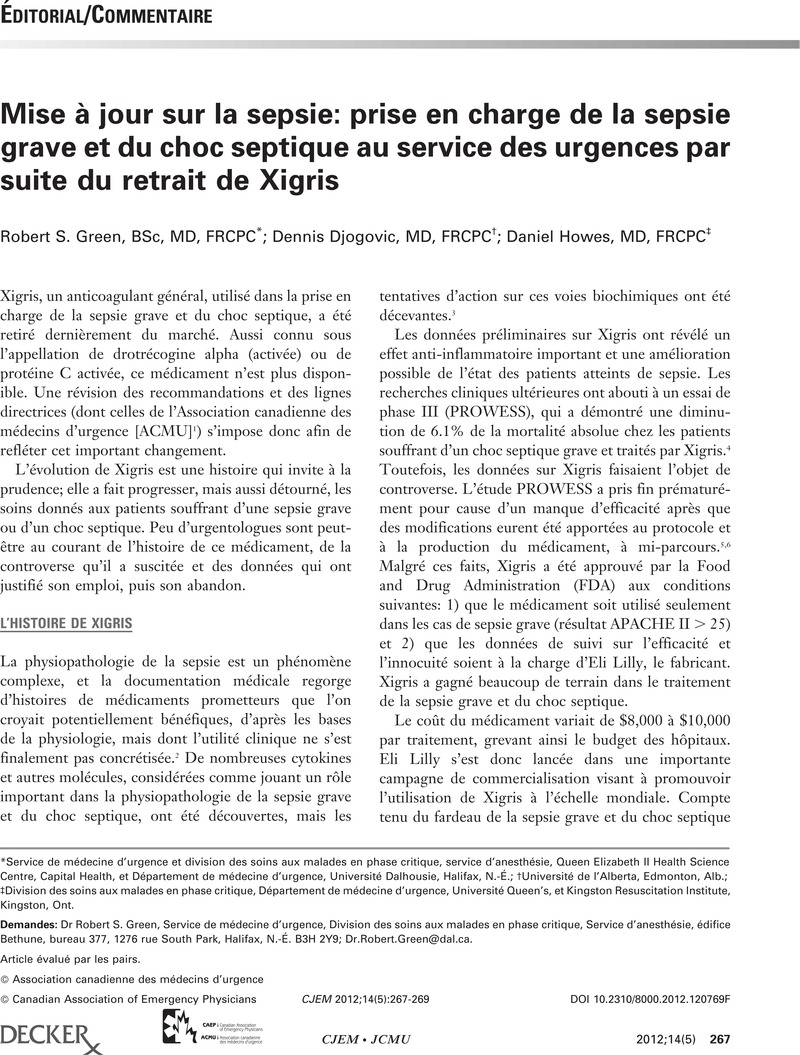14.Puskarich, MA,
Marchick, MR,
Kline, JA, et al.
One year mortality of patients treated with an emergency department based early goal directed therapy protocol for severe sepsis and septic shock: a before and after study.
Crit Care 2009;
13: R167. [Epub 2009 Oct 21], doi:10.1186/cc8138.
Google Scholar 